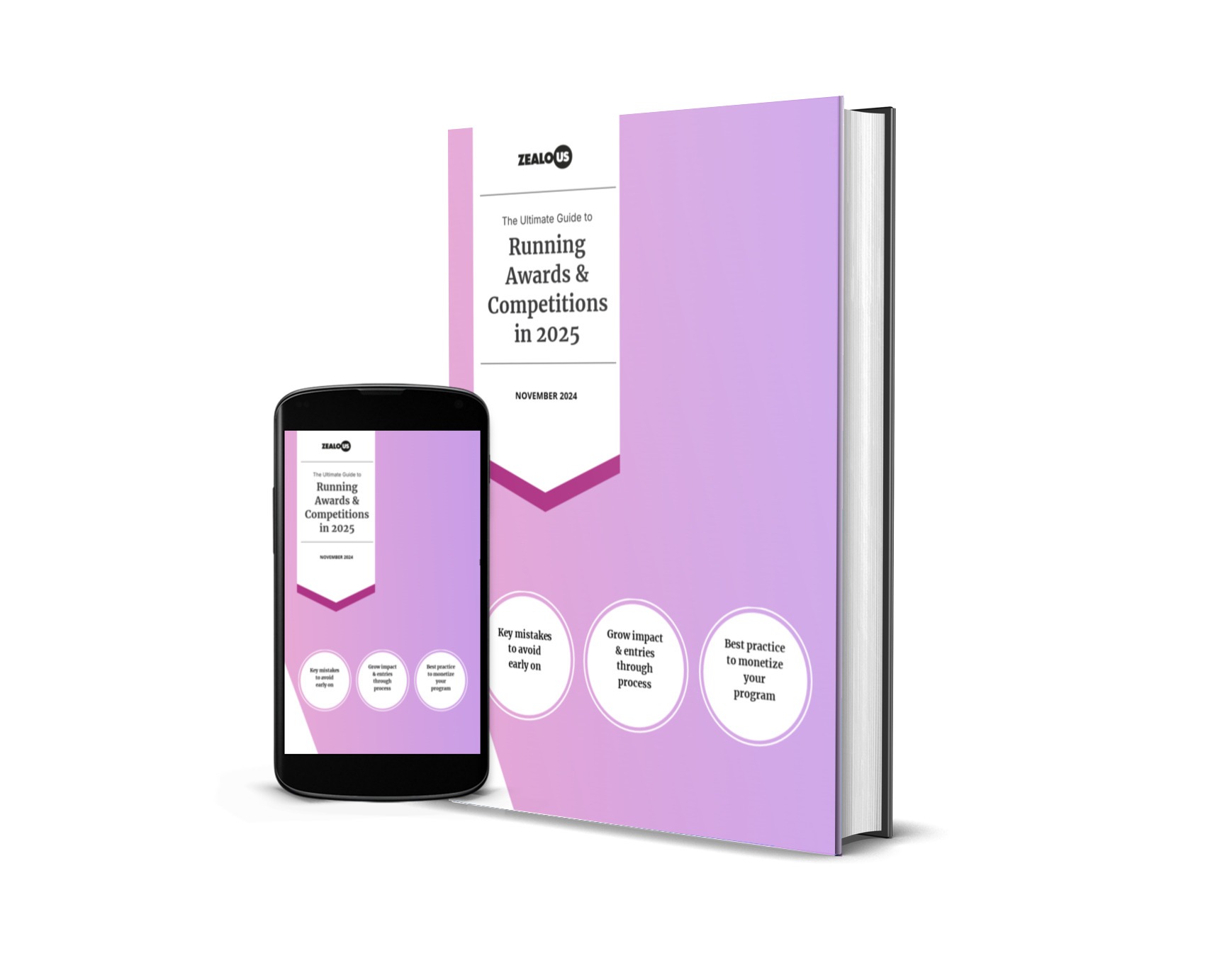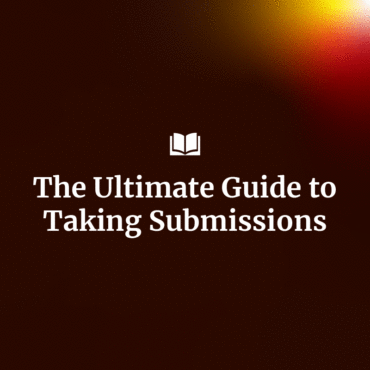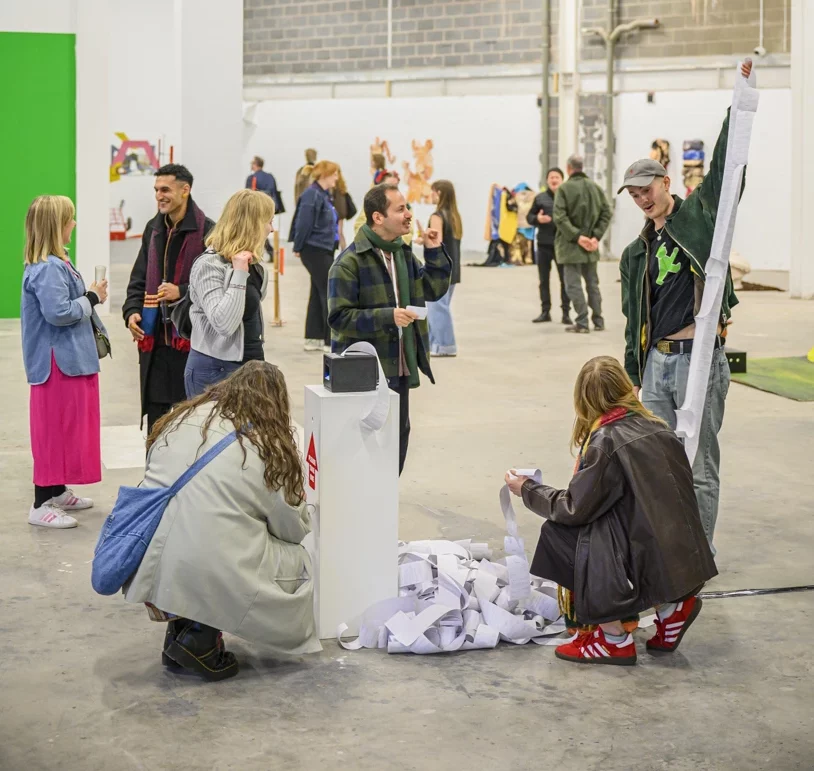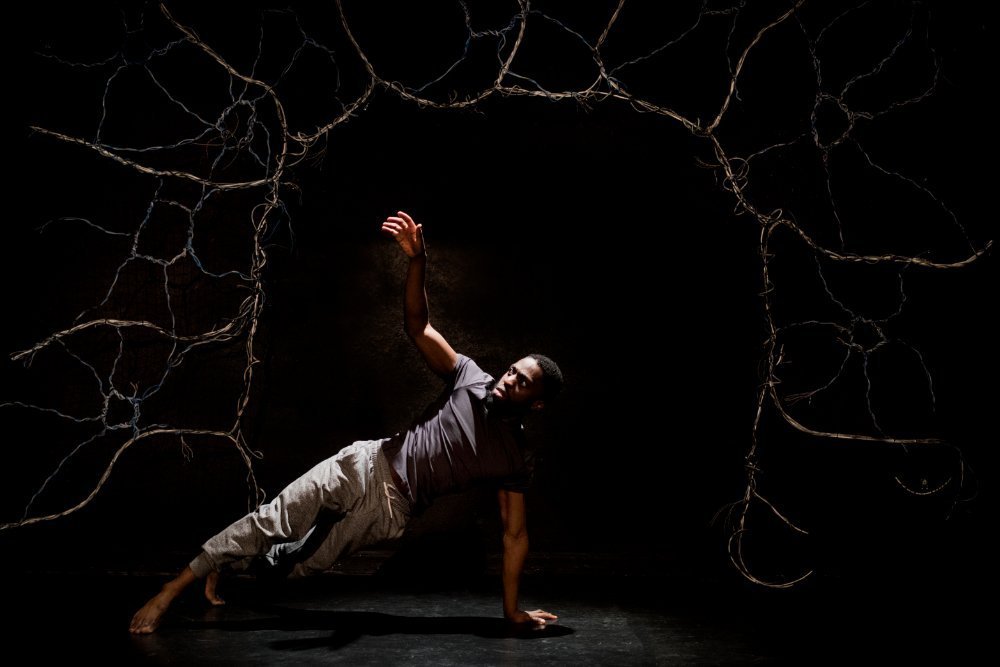
Congratulations on winning Zealous Stories: Performance! Your work aims to challenge our social and political worldviews. How do you use performance as a means of confronting these views?
I can only hope that the work I make can, in some way, be a tool for change. I also know that change happens in small increments over (and through) many different creative, political and social settings and outlets. The arts are my form of activism as well as expression.
Your performance ‘Elephant In the Room’, 2019, looks at the stigma around mental health issues, asking how race, class and culture can affect the way we choose to tackle them. How are these issues addressed through the medium of performance?
The journey of making the piece started with a very simple idea, something that every single human being on this planet does. This was linked to the simplicity of everyday life becoming something else when experiencing mental health issues. I developed that into a movement/text sequence. As I developed the piece further, I started to not only deepen that idea, but to also explore different characters, physicality and where sound/music lives within the piece. Starting from a place of human truth and growing from there is how I tackle projects.
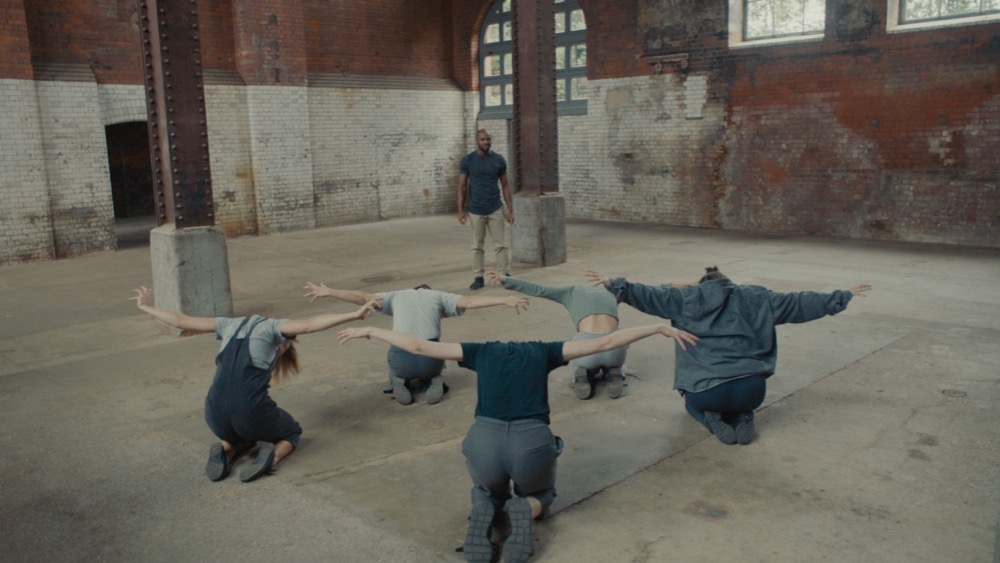
A key part of your work stems from Rudolf Laban’s movement psychology. How has Laban’s bold movement inspired you?
“Laban Movement Analysis” is essentially a method and language for describing, visualising, interpreting and documenting human movement. The method uses a multidisciplinary approach, incorporating contributions from anatomy, kinesiology, psychology, Labanotation and other fields.
I learnt the foundation of it at my training (as an actor) at Drama Centre London. But I’d be lying if I said I had a specific formula or book that I refer to on every project I undertake. The methodology just filters through me and the way I work with my performers. I think the universal emotional-physical truth it brings is what has really inspired me.
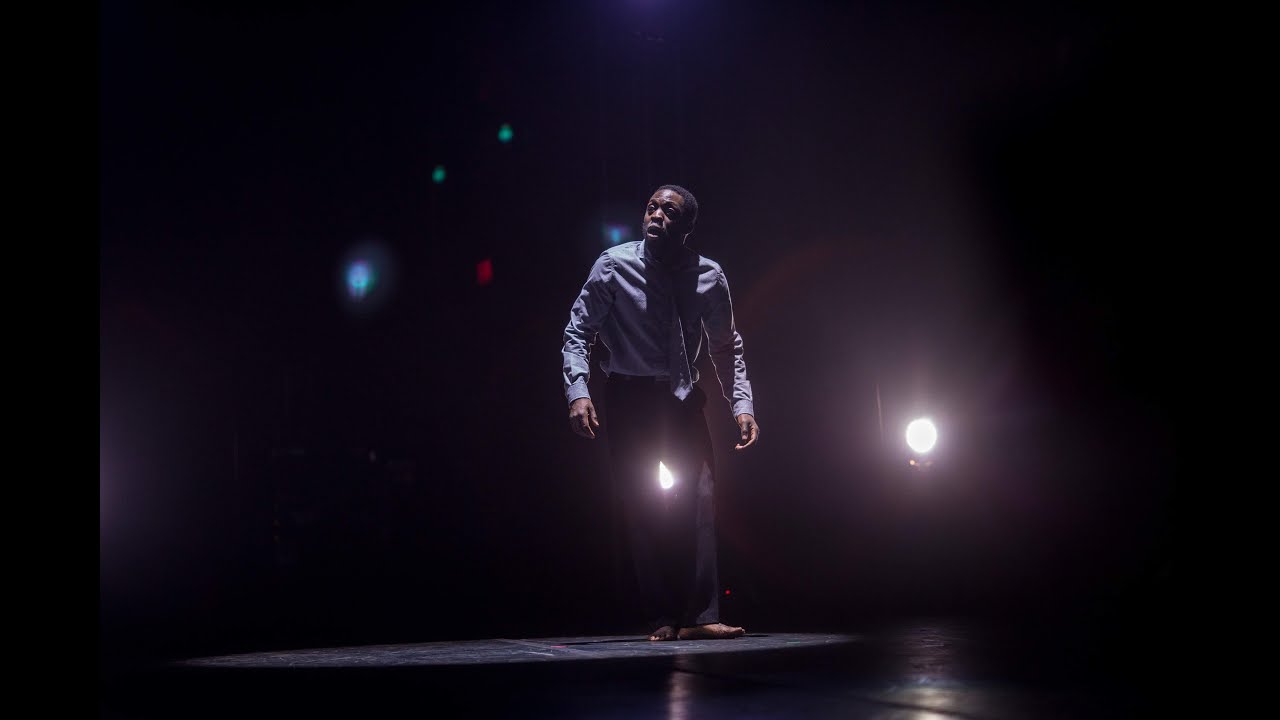
Your work merges hip-hop, text & contemporary dance with physical theatre. How do all these art forms come together so effortlessly?
It’s all just storytelling. I don’t use the styles of movements as a means to an end, but as a vessel to tell emotionally engaged stories. The story is always the focus and if I ever falter from that place and lean towards style (over substance), it ALWAYS shows itself up in rehearsals or in the form of a knot in my gut, which I can never ignore.
As a performance artist you are engaging directly with social reality. Is it important to you that your work carries a deep personal emotional resonance? Why is this so key?
Generally my work stems from two places, my own personal experiences and/or an impulse to understand and know more about the world. With the former, I use myself and my experiences as a focal point because I have a direct link to the emotions and “baggage” they bring, I can easily tap into that. But, even when using my own experiences as a foundation, I always try to look at the bigger picture, the universal idea that it holds, in order for the work to connect to a range of people.
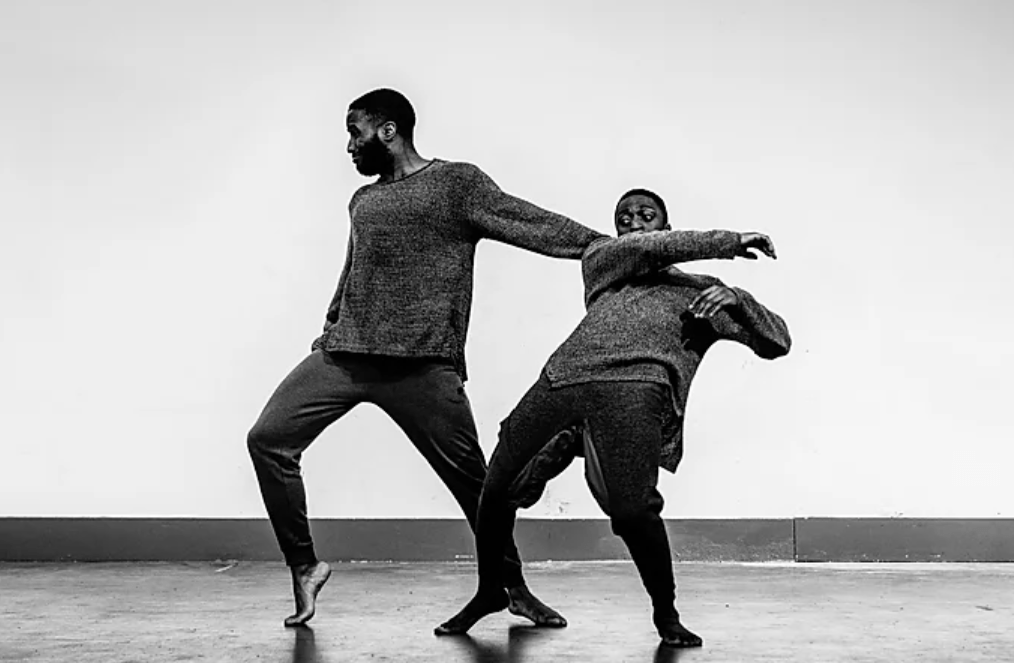
What does the future hold for you? Do you have any upcoming projects that you can tell us about?
I’ve been signed on to direct and choreograph my first music video which I’m looking forward to. There’s also a couple of other exciting things in the pipeline which I can’t talk about just yet.
You have achieved a great deal throughout your artistic career. What is one piece of advice that you would give to performance artists who are embarking on their creative journey.
Keep starting and keep finishing.
Let us know you want us to write more content like this with a love!
Share


